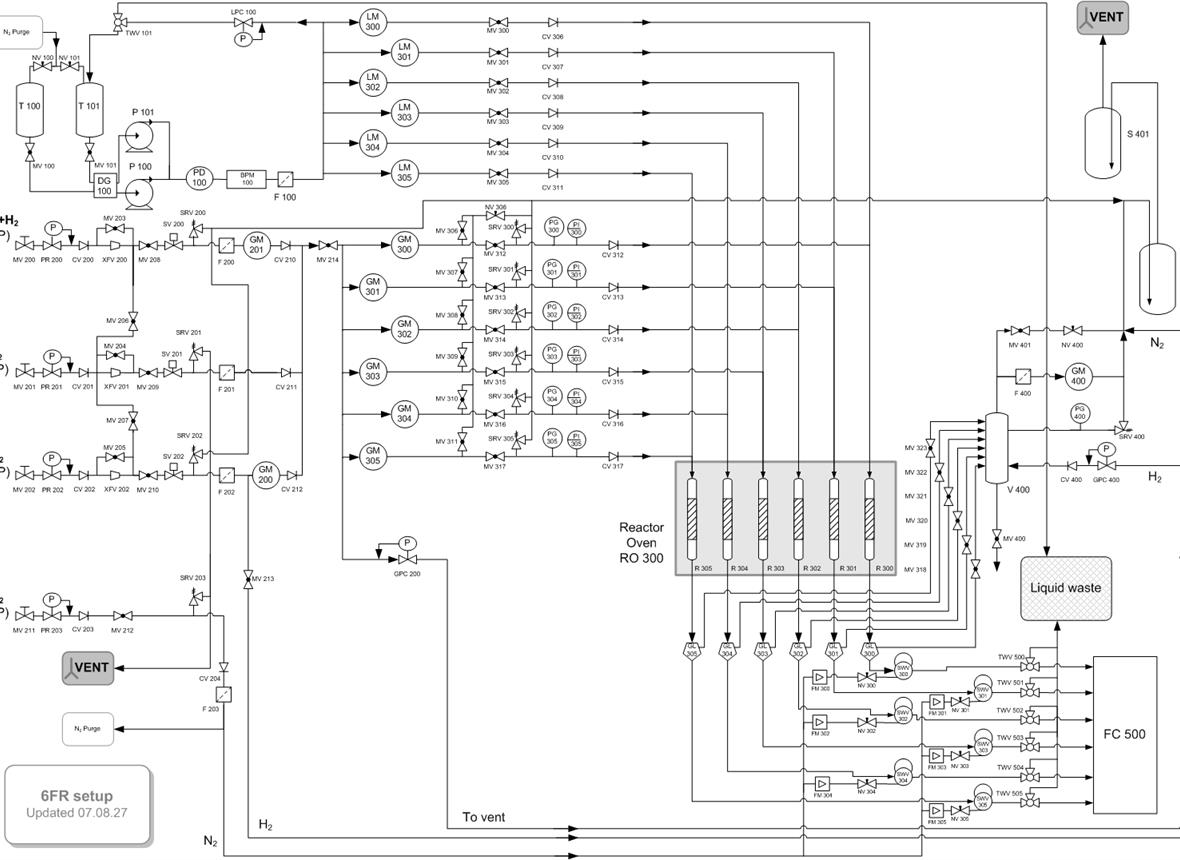
Algae represent a fast-growing, renewable biomass source with high lipid, protein, and carbohydrate content, offering potential for biofuel and platform chemical production. Conventional bio-oil extraction often involves energy-intensive drying and solvent steps, generating waste and limiting economic viability. Hydrothermal liquefaction (HTL) can directly convert wet algae into bio-oil without drying, but the resulting product contains high nitrogen and oxygen levels that degrade fuel quality. Additionally, HTL generates aqueous byproducts typically discarded, despite their nutrient-rich composition.
